Overview
Axxis is a precision machine shop that supplies clients such as space exploration companies. Axxis works with MATA to implement productivity monitoring AI to improve performance and efficiency. Axxis does not run 24/7 manufacturing the same part over and over again. Instead managing busy days and making sure to reach profitability goals make on-time delivery a No.1 task. Therefore, the more important tasks consist of accurately predicting capacity and identifying bottlenecks as quickly as possible.
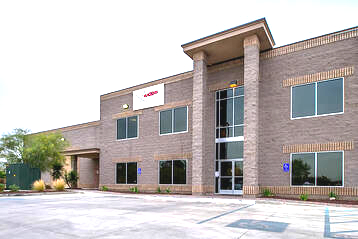
Established in 1959, Axxis Corp. is in the business of producing high quality machined parts and components for use in many specialized industries, including: Aerospace, Power Generation, Fluid and Gas Measurement, Medical Device, Automotive Aftermarket, Military. Axxis’ 40,000 sq. ft. facility is a full CNC machine shop that uses cutting edge equipment and software for quickly manufacturing quality components. Axxis offers a wide range of services from simple and advanced machining and finished products.
Challenges
GOAL – Integrate machine monitoring with ERP data to provide live productivity monitoring, bottleneck analysis, and job delay predictions.
RISK – New technology always comes with risks. The challenge is on how to maximize and quantify the value, and if the shop floor manager’s vision receives support from the rest of the management team and the shop floor. Brian Grigson, Axxis’ general manager, is always looking for ways to improve the shop floor efficiency and profitability with a combination of technology and experience.
EXPECTATIONS – We set expectations before we started any collaboration. These are the goals we established after detailed discussions:
- Quantify how much unexpected downtime affects profitability.
- Weekly performance summary report & analysis.
- Send notification to the responsible person when equipment stops running unexpectedly.
Approaches
Step 1. Investigate the equipment types, workflow, shift scheduling, and management system – it’s not hard to imagine that a “cookie-cutter” approach doesn’t work on the shop floor. Understanding which types of equipment Axxis have, how each department operates, how many shifts a day, and if there’s a weekend shift becomes a very important first step.
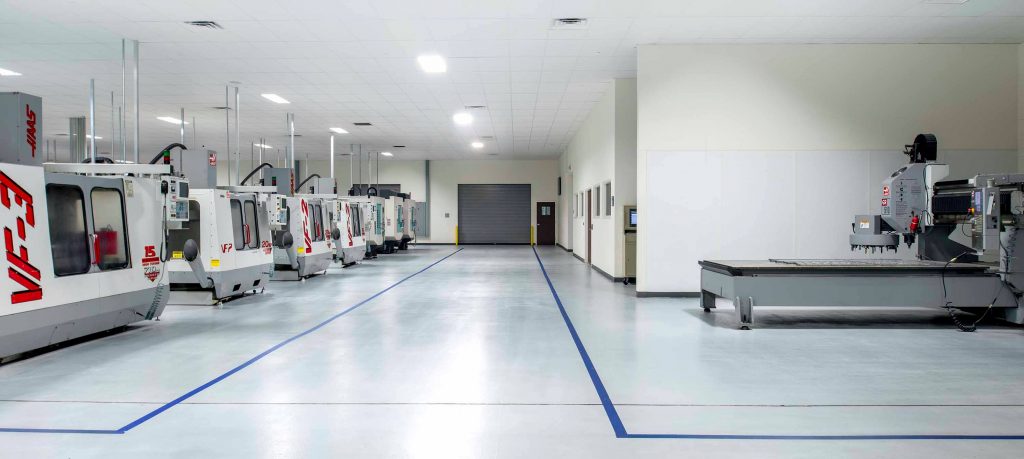
Step 2. Discuss KPI with the shop floor manager and design customized dashboard. Build cost analysis model – Brian is an expert in lean manufacturing. To make sure the live monitoring system provides exactly what Brian has in mind to maintain or increase Axxis’ competitiveness is of utter importance to us. In this case, to make sure the live machine status alerts reach the responsible person is the No.1 priority.
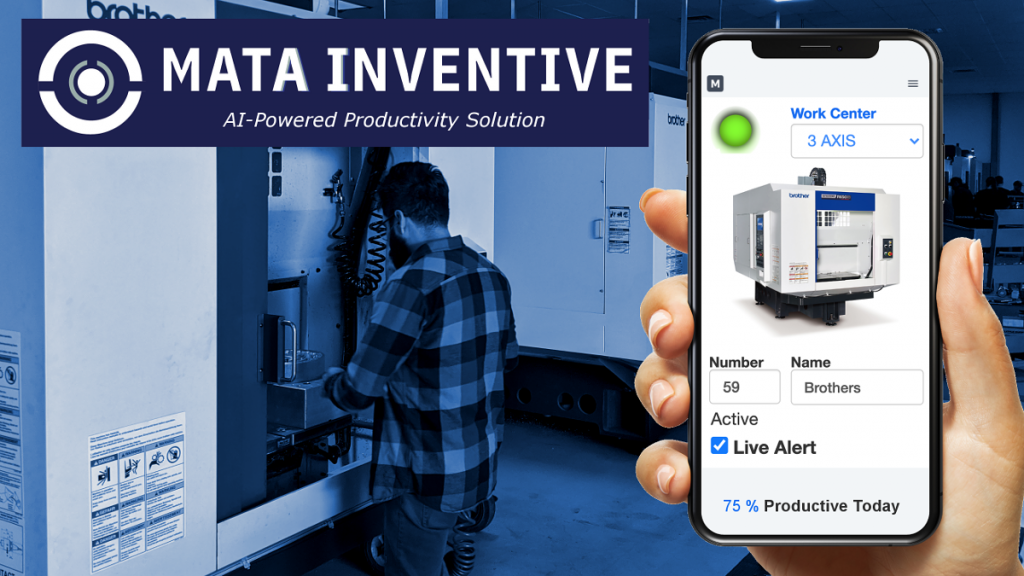
Step 3 Work with the shop floor manager iteratively if there are any specific needs – As we move forward, a new challenges arise. The live message alerts way too often! It became bothersome when Brian tried to perform important tasks such as job scheduling. We then adjust our tactics and made Axxis benefit from both live monitoring without interrupting Brian unless necessary – only send live alerts to the responsible machinist when in need to finish an urgent job. Brian would receive alerts when productivity is below an expected value that he defines.
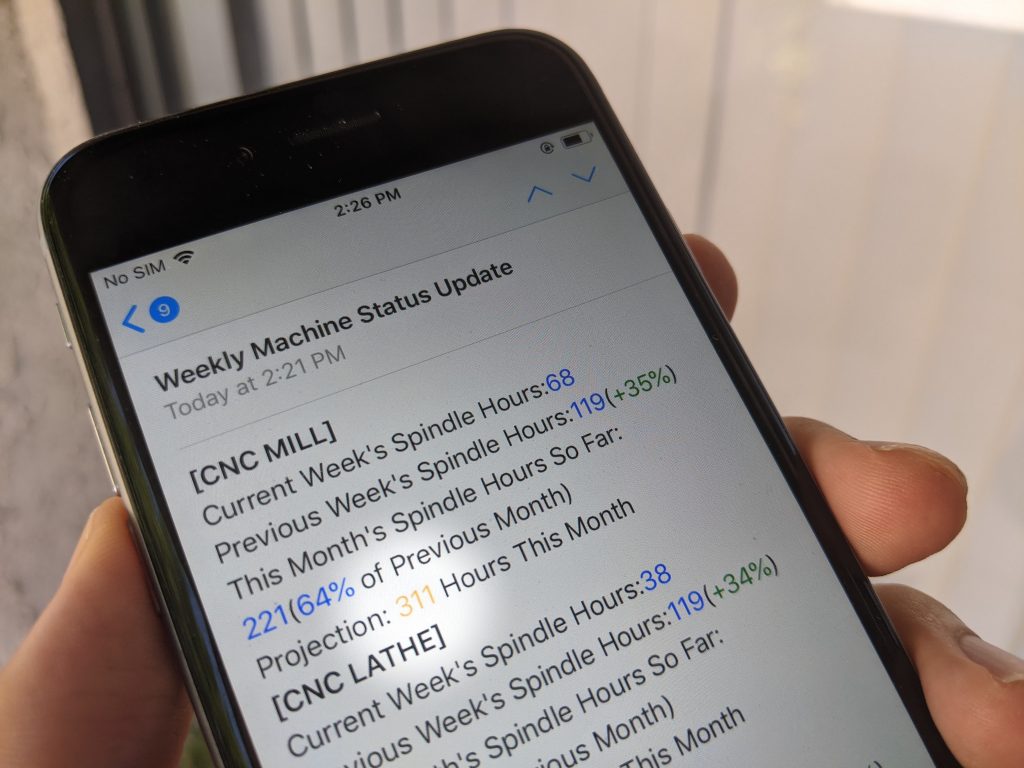
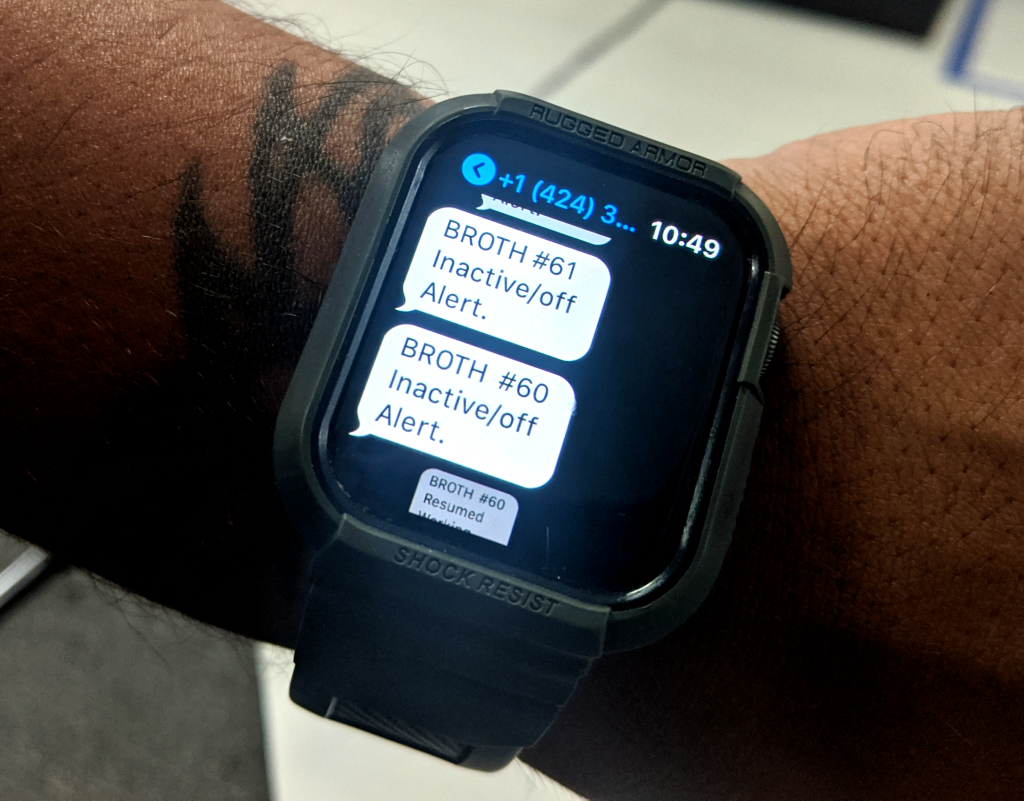
Results
22%+ increase of productivity was shown after a month of integration. This is mainly due to a good mentality shift on the shop floor. When the manager and the operator can have a tool other than the scanning record and the manager walking around to monitor the live status, it becomes easier for everyone to be on the same page.
51%+ Increase in on-time delivery capability was another important achievement that we are able to achieve. The measure of this capability reveals the likelihood of a job to be delivered on-time. For example – if you quote a job to take 30 hours, will it take more or less time? As indicated in the blue line below, we see that it went from around 25% to 75%. This advancement is not as immediate as the increase in productivity, but is of much higher importance to a manufacturing company. MATA’s manufacturing AI is able to provide key metrics on job delay predictions, and along with Brian’s lean manufacturing experience we are seeing great advancement in removing predictable on-time delivery bottlenecks.
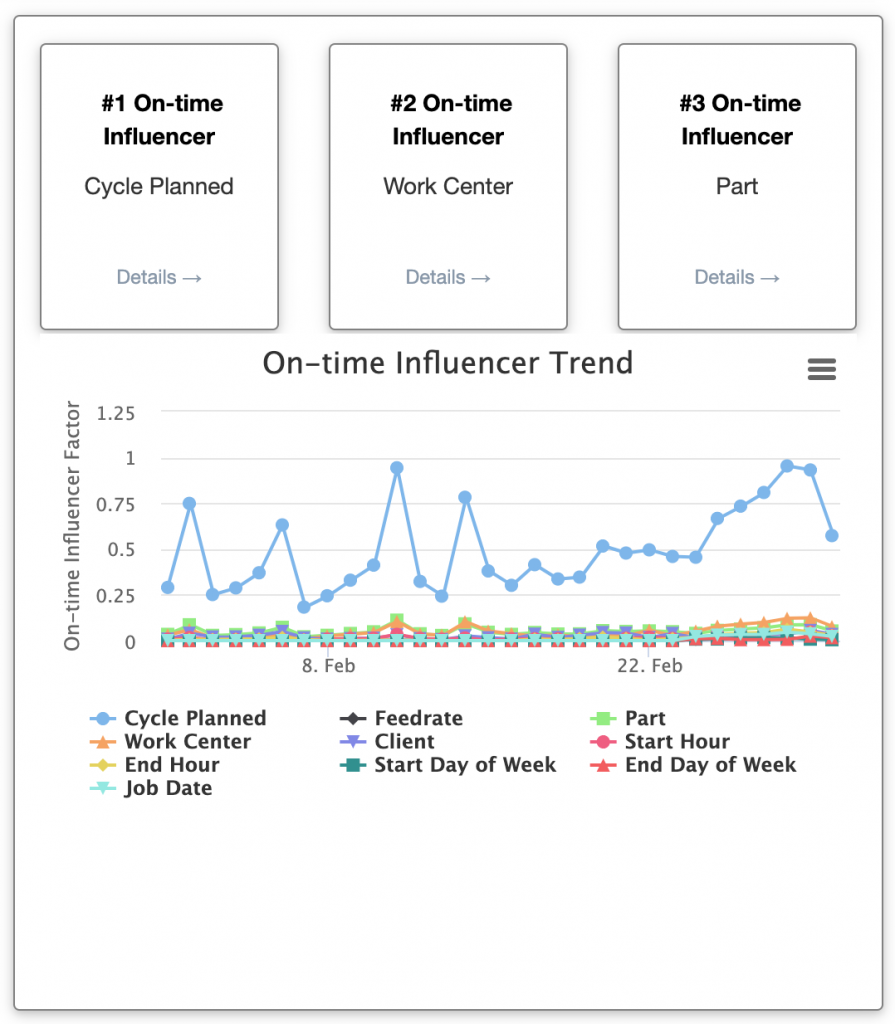
Saving time on management data aggregation and focus on identifying and solving problems before they happen has been the key element in the collaboration. Are live productivity monitoring and on-time delivery assurance important to your industrial process?
Mata Knowledge